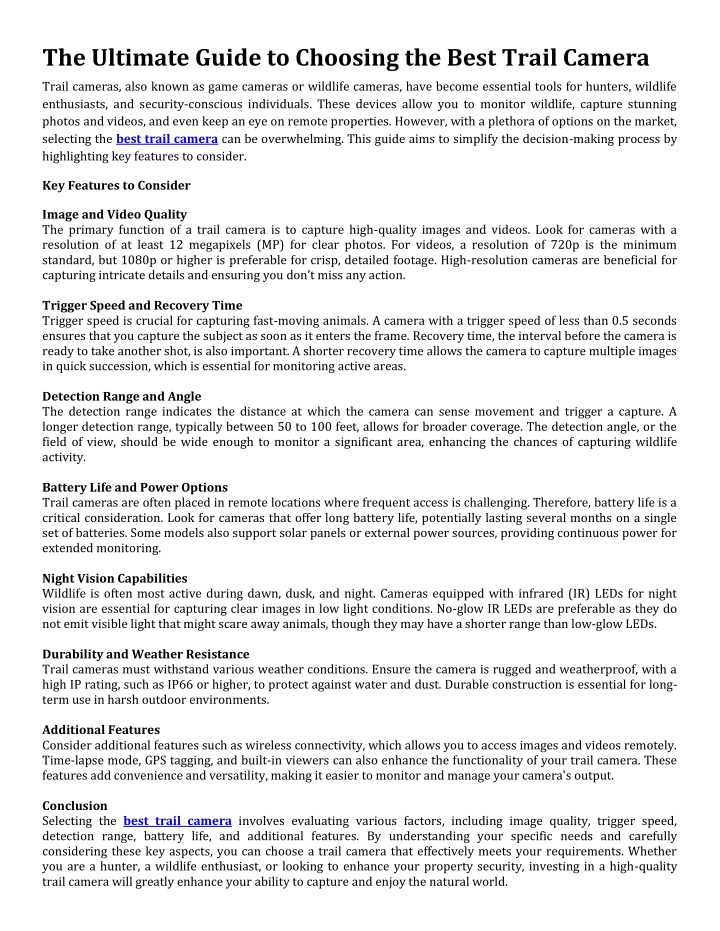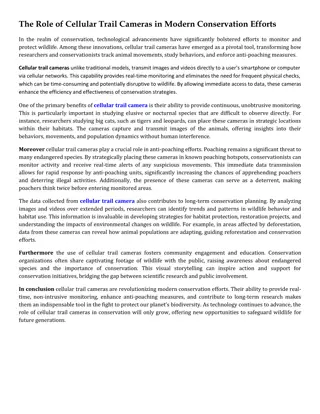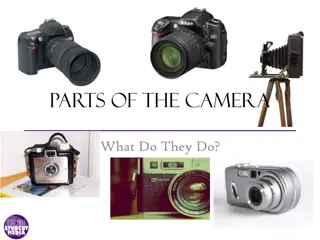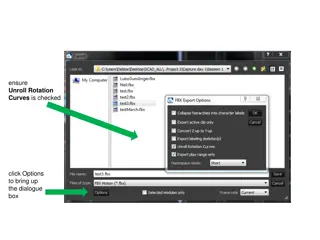
The Ultimate Guide to Choosing the Best Trail Camera
Explore GardePro for top-notch trail cameras. Choose from cellular, WiFi, and Bluetooth options. Find great deals on trail cameras for sale and read reviews. Upgrade to the best-rated cellular trail camera for 2024. Shop now for advanced features and unbeatable reliability.n
Download Presentation

Please find below an Image/Link to download the presentation.
The content on the website is provided AS IS for your information and personal use only. It may not be sold, licensed, or shared on other websites without obtaining consent from the author. If you encounter any issues during the download, it is possible that the publisher has removed the file from their server.
You are allowed to download the files provided on this website for personal or commercial use, subject to the condition that they are used lawfully. All files are the property of their respective owners.
The content on the website is provided AS IS for your information and personal use only. It may not be sold, licensed, or shared on other websites without obtaining consent from the author.
E N D
Presentation Transcript
The Ultimate Guide to Choosing the Best Trail Camera Trail cameras, also known as game cameras or wildlife cameras, have become essential tools for hunters, wildlife enthusiasts, and security-conscious individuals. These devices allow you to monitor wildlife, capture stunning photos and videos, and even keep an eye on remote properties. However, with a plethora of options on the market, selecting the best trail camera can be overwhelming. This guide aims to simplify the decision-making process by highlighting key features to consider. Key Features to Consider Image and Video Quality The primary function of a trail camera is to capture high-quality images and videos. Look for cameras with a resolution of at least 12 megapixels (MP) for clear photos. For videos, a resolution of 720p is the minimum standard, but 1080p or higher is preferable for crisp, detailed footage. High-resolution cameras are beneficial for capturing intricate details and ensuring you don t miss any action. Trigger Speed and Recovery Time Trigger speed is crucial for capturing fast-moving animals. A camera with a trigger speed of less than 0.5 seconds ensures that you capture the subject as soon as it enters the frame. Recovery time, the interval before the camera is ready to take another shot, is also important. A shorter recovery time allows the camera to capture multiple images in quick succession, which is essential for monitoring active areas. Detection Range and Angle The detection range indicates the distance at which the camera can sense movement and trigger a capture. A longer detection range, typically between 50 to 100 feet, allows for broader coverage. The detection angle, or the field of view, should be wide enough to monitor a significant area, enhancing the chances of capturing wildlife activity. Battery Life and Power Options Trail cameras are often placed in remote locations where frequent access is challenging. Therefore, battery life is a critical consideration. Look for cameras that offer long battery life, potentially lasting several months on a single set of batteries. Some models also support solar panels or external power sources, providing continuous power for extended monitoring. Night Vision Capabilities Wildlife is often most active during dawn, dusk, and night. Cameras equipped with infrared (IR) LEDs for night vision are essential for capturing clear images in low light conditions. No-glow IR LEDs are preferable as they do not emit visible light that might scare away animals, though they may have a shorter range than low-glow LEDs. Durability and Weather Resistance Trail cameras must withstand various weather conditions. Ensure the camera is rugged and weatherproof, with a high IP rating, such as IP66 or higher, to protect against water and dust. Durable construction is essential for long- term use in harsh outdoor environments. Additional Features Consider additional features such as wireless connectivity, which allows you to access images and videos remotely. Time-lapse mode, GPS tagging, and built-in viewers can also enhance the functionality of your trail camera. These features add convenience and versatility, making it easier to monitor and manage your camera's output. Conclusion Selecting the best trail camera involves evaluating various factors, including image quality, trigger speed, detection range, battery life, and additional features. By understanding your specific needs and carefully considering these key aspects, you can choose a trail camera that effectively meets your requirements. Whether you are a hunter, a wildlife enthusiast, or looking to enhance your property security, investing in a high-quality trail camera will greatly enhance your ability to capture and enjoy the natural world.






















